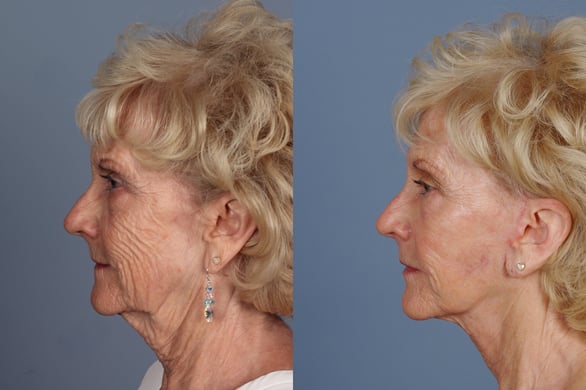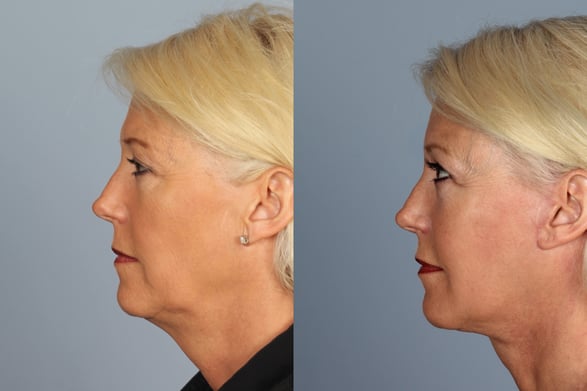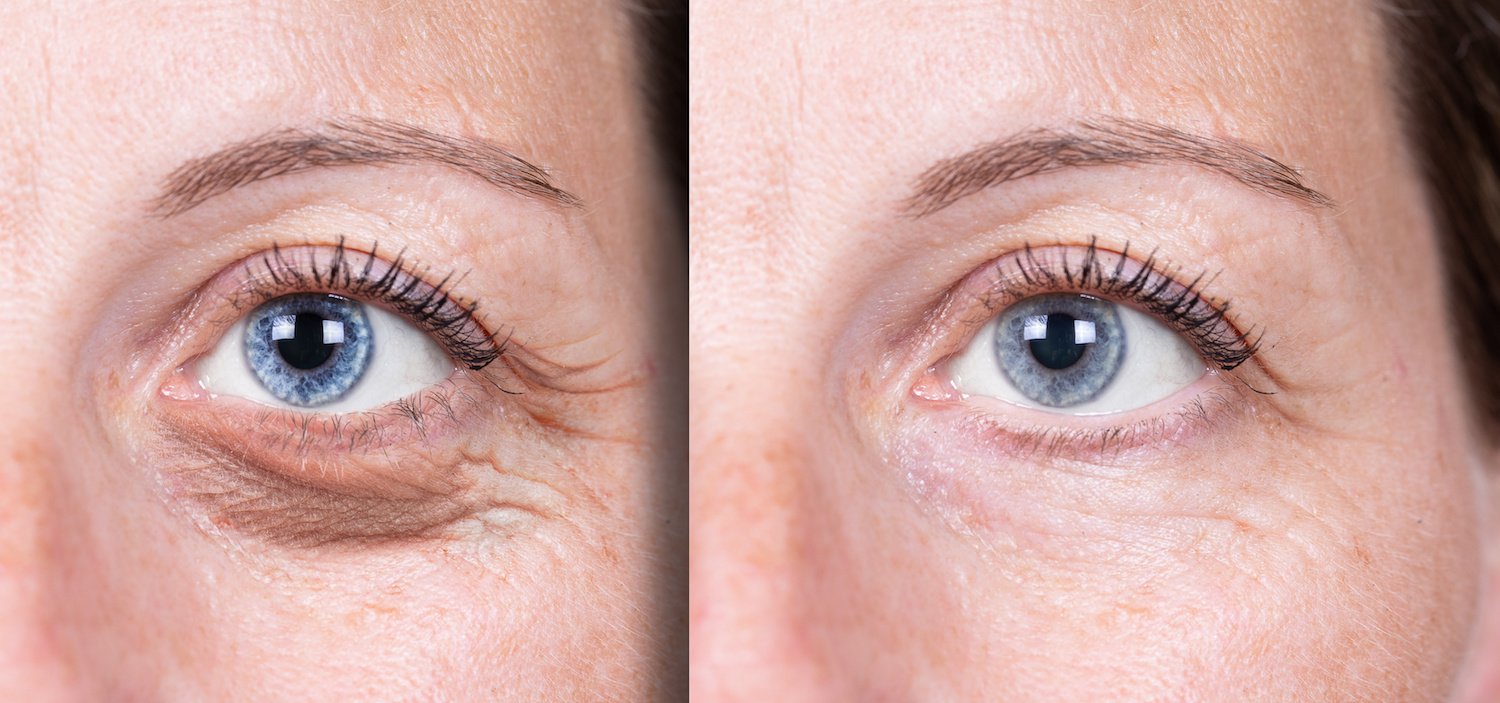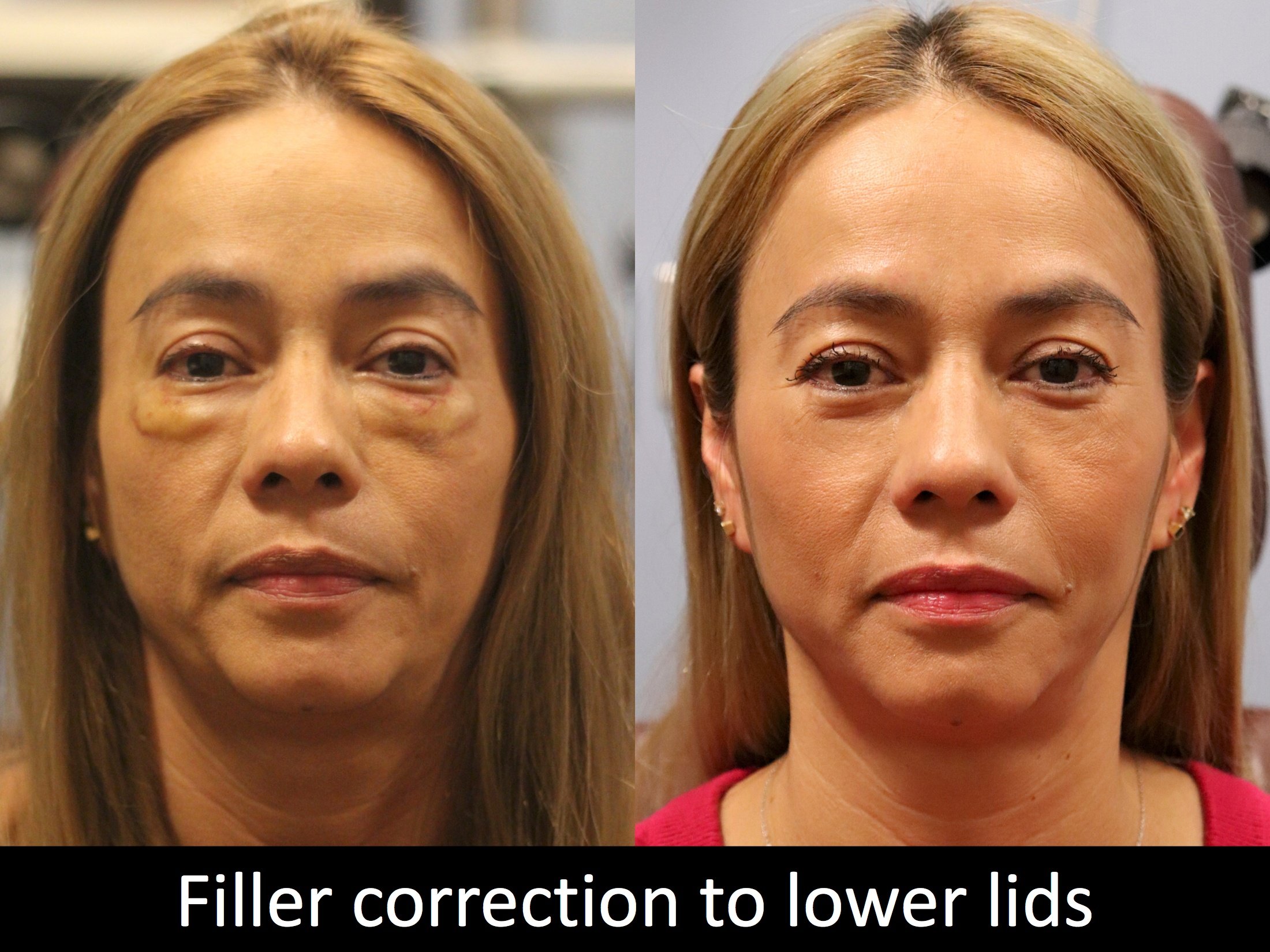All surgical procedures, no matter how small, carry some degree of risk. Although very rare, the risks associated with a facelift can include:
- An unsatisfactory result
- Bleeding and/or infection
- Hematoma, and
- Nerve damage
While the likelihood of experiencing complications typically diminishes during the post-operative healing process, it is important for surgical patients to familiarize themselves with possible risks and consult an experienced surgeon to minimize them. Let's take a look at some of the more common risks.


Unsatisfactory Result
The best way to avoid the risk of an unsatisfactory result is to manage your expectations. Speak openly and honestly with your surgeon and demand the same from her/him. Achieving a natural look should be top priority for any surgeon and the advanced techniques that most are now using can make that a reality. However, absolute perfection is unattainable. Keep in mind that your surgeon is human. Try to choose someone with a long track record of satisfied patients which indicates skill as well as a high level of communication with patients.
Bleeding and/or Infection
Due to the invasive nature of a facelift procedure, there is a risk for bleeding or infection. An experienced surgeon will do his or her best to ensure that these risks are minimized before, during, and after your procedure. This includes getting medical clearance from a patient’s primary care physician prior to the procedure, using meticulous sterile techniques with vigilant hemostasis during the surgery, and providing a caring follow-up during the post-operative period.
Hematoma
Hematoma is the collection of blood under the skin. This blood collection can become an emergency if it begins to restrict the airway. It this happens, you will require surgery as soon as possible. Less than 5% of patients experience hematoma. Dr. Raval mitigates this risk by using meticulous hemostasis during the surgery and by placing drains in the neck that are removed one to two days after surgery.
Nerve Damage
There are two kinds of possible nerve damage that can occur after a facelift procedure. Sensory nerve damage can numb the surgical area for a few weeks and up to 6 months. In rare cases, numbness persists indefinitely.
Motor nerve damage affects the movement of the face. Damage to the nerve that moves the lower lip is most common and can lead to a crooked smile, though this only occurs in less than 1% of patients. Full facial movement usually returns within a few weeks.
Learn More About Facelift Risks
You can learn more about the risks of facelift surgery by consulting with an trusted surgeon who may help reduce risks with talent, care, and years of experience.
- Acne
- Botox/Dermal Fillers
- Browlift
- Chemical Peels
- Chin Augmentation
- Consultation
- Denver Facial Plastic Surgeon
- Deviated Septum
- Eyelid Procedures
- Facelifts/Necklifts
- Headaches/Excessive Sweating
- Healthy Living
- Laser Hair Removal
- Laser Treatments
- Latisse
- MedSpa
- Memberships
- Microdermabrasion
- Nasal Valve Collapse
- Non-Surgical Procedures
- Rhinoplasty
- Skin Care
- Thread Lifts
- Wrinkle Treatments














